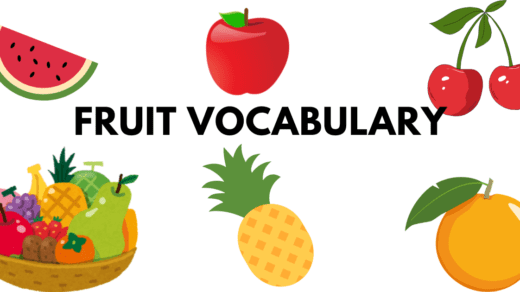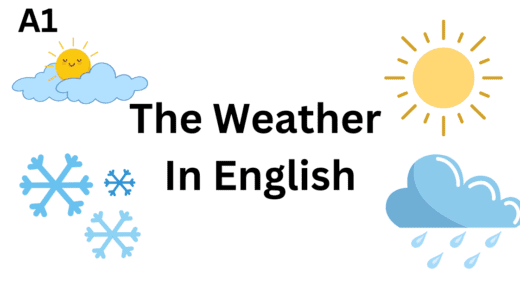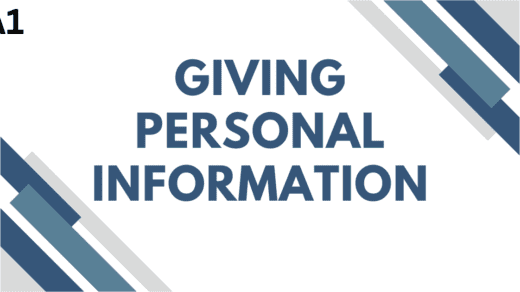Introduction to Greetings in English
Greetings are essential in any language, serving as a way to initiate conversation, show politeness, and establish social connections. In English, greetings vary based on context, cultural norms, and the relationship between speakers. This comprehensive Greetings in English lesson will explore various types of greetings, when to use them, and the nuances involved, ensuring you feel confident in your interactions.
Understanding Greetings in English
First, What is a Greeting?
A greeting is a form of acknowledgment when meeting someone. It can be verbal, such as “hello,” or non-verbal, like a wave or a smile. Greetings play a vital role in communication, as they set the tone for the conversation.
Next, The Importance of Greetings
Understanding and using appropriate greetings helps convey respect and friendliness. Greetings can also help break the ice and make conversations more comfortable, especially in unfamiliar situations. Thus, knowing several ways to greet someone can enhance your interactions.
Types of Greetings in English
1. Formal Greetings in English
Formal greetings are used in professional or serious situations where respect and politeness are essential. These include:
- “Hello” or “Greetings”: These can be used in almost any situation and sound professional.
- “Greetings, everyone. Thank you for coming to this meeting.”
- “It’s a pleasure to meet you”: You might use this phrase when meeting someone for the first time in a formal context.
2. Informal Greetings in English
Informal greetings are typically used among friends, family, or in casual environments. These include:
- “Hi” or “Hey”: Simple, friendly, and suitable for almost any casual situation.
- “Hi, John! How’s it going?”
- “What’s up?” or “How’s it going?”: These show familiarity and a casual tone.
- “Hey, what’s up? Did you catch the game last night?”
- “Long time no see!”: Used when you haven’t seen someone for a while.
- “Wow, long time no see! How have you been?”
3. Specific Contextual Greetings in English
Different contexts require specific greetings:
- Phone Greeting: When answering the phone, you might say:
- “Hello, [Your Name] speaking. How can I help you?”
- Email Greetings:
- For formal emails: “Dear [Name or Title],”
- For informal emails: “Hi [Name],”
4. Time-Specific Greetings in English
- Good morning – Used in the morning, generally until noon.
- Good afternoon – Appropriate from noon until around six PM.
- Good evening – Typically used after 6 PM until night.
Greetings in Different Contexts
First, Formal Situations
In formal situations, it is essential to choose your greetings carefully. See below for suitable greeting options:
- Good morning/afternoon/evening, [Title/Last Name] – When addressing someone in a professional setting, use their title (Mr., Mrs., Dr.) and last name.
- It’s nice to meet you. – Great for first encounters, showing politeness and eagerness to connect.
- May I introduce myself? – A formal way to start a conversation when meeting new people.
Next, Casual Situations
When interacting with friends or those you are familiar with, you can use more relaxed greetings, such as:
- Yo! – A super casual, modern greeting among young people.
- What’s new? – Invites the other person to share recent updates, making it more engaging.
- Sup? – A conversational shorthand for “What’s up?” that indicates familiarity.
Finally, Regional Variations
It is also essential to consider regional differences in greetings:
- Howdy – Common in some Southern and Western U.S. states, a friendly and informal greeting.
- G’day – Used in Australia, often followed by “mate,” which adds warmth and friendliness.
- Cheers – Commonly used in the UK, can serve as both a greeting and farewell.
Non-Verbal Greetings
First, Understanding Body Language
Non-verbal greetings are just as important as verbal ones. They can include:
- Handshakes – A formal way to greet someone, especially in business settings.
- Hugs – Used among friends or family, indicating closeness and warmth.
- Waves – A simple and friendly way to acknowledge someone from a distance.
Responses to Greetings
First, Acknowledging the Greeting
When someone greets you, it’s important to respond politely. Here are some common responses:
- Hello! How are you? – A friendly return greeting shows you are engaged and interested in the other person.
- Hi there! What’s up? – A more casual response that can lead to further conversation.
- Good morning! How’s your day going? – A warm response that invites sharing about the day.
Next, Expressing Gratitude
When someone thanks you for a greeting, you can respond with:
- You’re welcome! – A standard response to show politeness.
- No problem! – An informal way to acknowledge their appreciation.
- Glad to see you! – This expresses your happiness at meeting them.
Finally, Exit Greetings
When concluding a conversation, you can use:
- Take care! – A friendly farewell indicating concern for the other person’s well-being.
- See you later! – A casual way to indicate you hope to encounter them again.
- Goodbye! – The basic farewell that can be used in various contexts.
Cultural Considerations
First, Greetings Around the World
Different cultures have unique greeting customs. For example:
- Bow – Common in Japan, a sign of respect.
- Kissing on the cheek – Typical in many European countries between friends or family.
- Salam – An Arabic greeting involving a handshake and often accompanied by a phrase wishing peace.
Next, Being Culturally Sensitive
When greeting someone from a different culture, consider:
- Ask Before Touching – Not everyone is comfortable with physical greetings like handshakes or hugs.
- Learn Basic Phrases – Showing effort to use someone’s language can be appreciated, such as saying “Hello” in their native language.
- Observe – Pay attention to how others greet and respond accordingly, showing cultural respect.
Dialogue on Greetings in English
Alice: Hi there! How are you doing today?
Bob: Hello, Alice! I’m doing well, thanks for asking. How about you?
Alice: I’m great, thank you! It’s such a nice day outside.
Bob: Yes, it really is. Have you done anything exciting lately?
Alice: Not much, just enjoying the weather. What about you?
Bob: I went hiking over the weekend. It was a lot of fun!
Alice: That sounds amazing! We should go together sometime.
Bob: Absolutely! Let’s plan for it.
Alice: Sounds good! See you later, Bob!
Bob: Bye, Alice! Take care!
Conclusion
In conclusion, mastering greetings in English is crucial for effective communication and building relationships. By understanding different types of greetings, practicing appropriate responses, and being aware of cultural differences, you can navigate social interactions with confidence.




